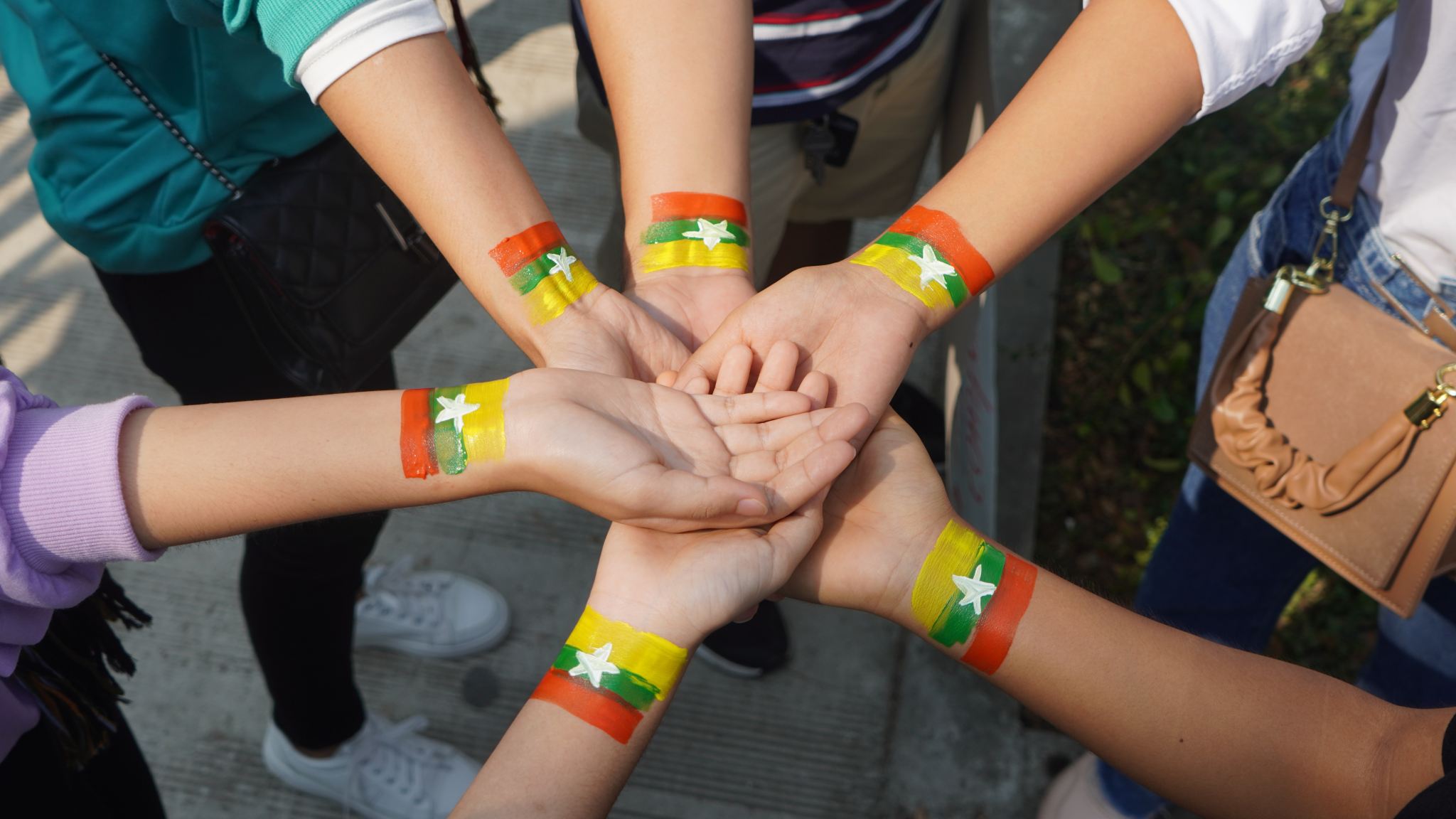Elections in Burma Aren’t Coming, But Here’s What Is

Burma’s military-run State Administration Council (SAC), which seized control of the country in a February 2021 coup, has offered up the possibility of elections to bring resolution to the chaos and violence that the SAC inflicted on the country. The SAC has neither the political will nor logistical capacity to hold elections—free or otherwise—in the foreseeable future; its only intent is to consolidate authoritarian power and maintain its control of the country under the guise of democratic transition. The international community must not be distracted by this offer, and should instead work to support a different ending, shifting focus from improbable elections to the concrete realities that will significantly impact the trajectory of the revolution and the ability of democratic forces—including the National Unity Government (NUG) in exile and ethnic resistance organizations (EROs)—to tip the balance in favor of democracy.
As potential elections flounder, the SAC will likely continue to try to fracture the fledgling alliances being forged among historically adversarial segments of the pro-democracy movement. To this end, the SAC has convened numerous ‘peace talks’ since the coup with both Nationwide Ceasefire Agreement (NCA)-affiliated EROs and those EROs that support anti-junta resistance groups, trying to convince NUG-aligned EROs to support sham elections in exchange for limited autonomy. This strategy would allow the military to refocus on anti-coup resistance forces in the Sagaing and Magway regions, as well as Karenni and Chin states, where resistance actors have mounted a significant challenge to the military’s historic stronghold.
Most recently, with China’s mediation, the SAC held talks with the NUG-aligned Brotherhood Alliance—a tripartite military alliance made up of the Arakan Army, Ta’ang National Liberation Army, and Myanmar National Democratic Alliance Army—to court these EROs into supporting the junta’s election plans; initial negotiations concluded without an agreement. If the junta can effectively incentivize EROs to its side, the current Spring Revolution would be significantly weakened. In contrast, the current level of cooperation among resistance forces is unprecedented; continued and expanded support for these efforts is critical to both near-term ideological wins and a long-term, durable and inclusive peace in Burma.
Also highly likely, as the SAC becomes increasingly desperate to remain in power, is an increase in armed conflict, military “clearance” operations, and relentless airstrikes over the next six to twelve months. The junta’s continued crackdowns on the opposition movement, framed as an effort to create more stable conditions to hold elections, have increased both civilian casualties and exacerbated an already dire humanitarian crisis. The military regularly uses Chinese and Russian weaponry and equipment, including fighter jets, to target civilian villages to deny resistance groups access to food, funds, recruits, and other logistical support—meanwhile resistance forces lack the most basic warning systems to prevent these increasing mass-casualty attacks. In the two plus years since the coup, the junta has killed thousands, including women and children.
As the conflict spreads, so too has transnational crime. Human trafficking, drug smuggling (including fentanyl), illegal jade mining, and other illicit activity has exploded since the beginning of the war and poured over Burma’s borders across the region. The devastation will increase as the military struggles to gain a clear upper hand in the conflict and as long as pro-democracy resistance groups lack early warning and response systems to monitor military movement and strategically communicate and share intelligence information.
These likely scenarios highlight the need for more meaningful and practical support for Burma’s pro-democracy struggle by international actors. The US Government now has the legal authority and a range of tools available through the BURMA Act as included in the 2023 National Defense Authorization Act (NDAA). Pro-democratic forces’ shared goal of moving the conflict to a tipping point in which they gain a decisive upper hand and reduce human suffering can be more swiftly achieved with the timely, focused, and strategic support of the US. Critically, the US must clearly define and swiftly implement the BURMA Act’s non-lethal support measures—supplying communications systems for both early warning efforts and facilitation of humanitarian assistance, providing assistance for systematic intelligence debriefs and the demobilization, disarmament, and reintegration of defectors, and providing technical assistance to EROs to facilitate their democratization and greater engagement with the NUG. Finally, the US should utilize its global leadership role and superpower status to unite key international stakeholders, opening the door to further, concerted and sustained assistance to Burma’s pro-democracy movement.
Top